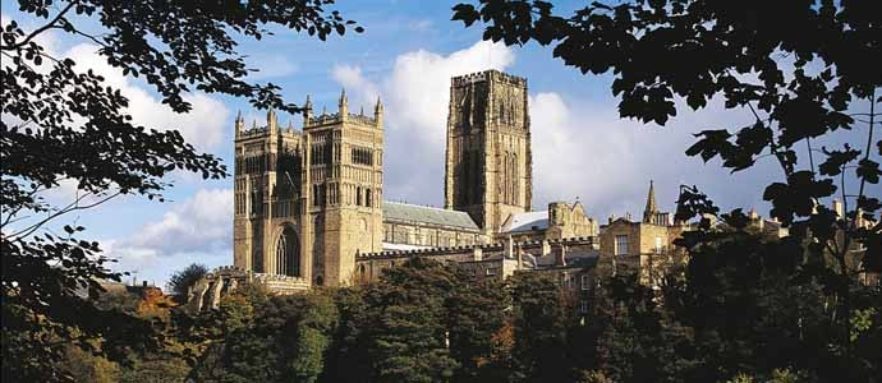The United Nations Educational, Scientific and Cultural Organization (UNESCO) defines heritage as ‘our legacy from the past, what we live with today, and what we pass on to future generations’. It sees both our cultural and natural heritage as irreplaceable sources of life and inspiration. Places as unique and diverse as the wilds of East Africa’s Serengeti, the Pyramids of Egypt, the Great Barrier Reef in Australia and the Baroque cathedrals of Latin America make up our world’s heritage.
World Heritage sites belong to all the peoples of the world, irrespective of the territory on which they are located.
UNESCO seeks to encourage the identification, protection and preservation of cultural and natural heritage around the world considered to be of outstanding value to humanity. This is embodied in an international treaty, the ‘Convention concerning the Protection of the World Cultural and Natural Heritage’, adopted by UNESCO in 1972.
UNESCO’s World Heritage mission is to:
- encourage countries to sign the World Heritage Convention and to ensure the protection of their natural and cultural heritage;
- encourage States Parties to the Convention to nominate sites within their national territory for inclusion on the World Heritage List;
- encourage States Parties to establish management plans and set up reporting systems on the state of conservation of their World Heritage sites;
- help States Parties safeguard World Heritage properties by providing technical assistance and professional training;
- provide emergency assistance for World Heritage sites in immediate danger;
- support States Parties’ public awareness-building activities for World Heritage conservation;
- encourage participation of the local population in the preservation of their cultural and natural heritage;
- encourage international cooperation in the conservation of our world’s cultural and natural heritage.
The United Kingdom is a signatory to the World Heritage Convention, and UNESCO has designated 29 sites in the United Kingdom as World Heritage Sites. Of these, 18 are in England and include Canterbury and Durham Cathedrals and Westminster Abbey.
The Canterbury World Heritage Site includes St Martin’s Church, which is the oldest church in England, the ruined St Augustine’s Abbey, which was also founded during the early stages of the introduction of Christianity to the Anglo-Saxons, and Canterbury Cathedral, a stunning Romanesque and Gothic building which is the Mother Church not just of the Church of England but the worldwide Anglican Communion.
The Durham World Heritage Site includes Durham Cathedral, which is the ‘largest and finest’ example of Norman architecture in England and whose vaulting was part of the advent of Gothic architecture, and Durham Castle, a Norman building which was once the residence of the Durham prince-bishops and is now the home of University College, Durham University. The Cathedral houses relics of St Cuthbert and Bede.
The Westminster World Heritage Site includes the Palace of Westminster, Westminster Abbey and Saint Margaret’s Church. These buildings have been the centre of the administration of England since the 11th century, and later of the United Kingdom. The Palace of Westminster, home to the Houses of Parliament, is an example of Gothic Revival architecture but its origins are far older and Westminster Hall, part of the Palace complex, was built in 1097. Since the coronation of William the Conqueror, all English and British monarchs have been crowned at Westminster Abbey. St Margaret’s Church, adjacent to the Abbey, is the Palace’s parish church.
In addition, Salisbury and Lincoln both have their Magna Cartas and Hereford has its Mappa Mundi on the UNESCO Memory of the World Register.
